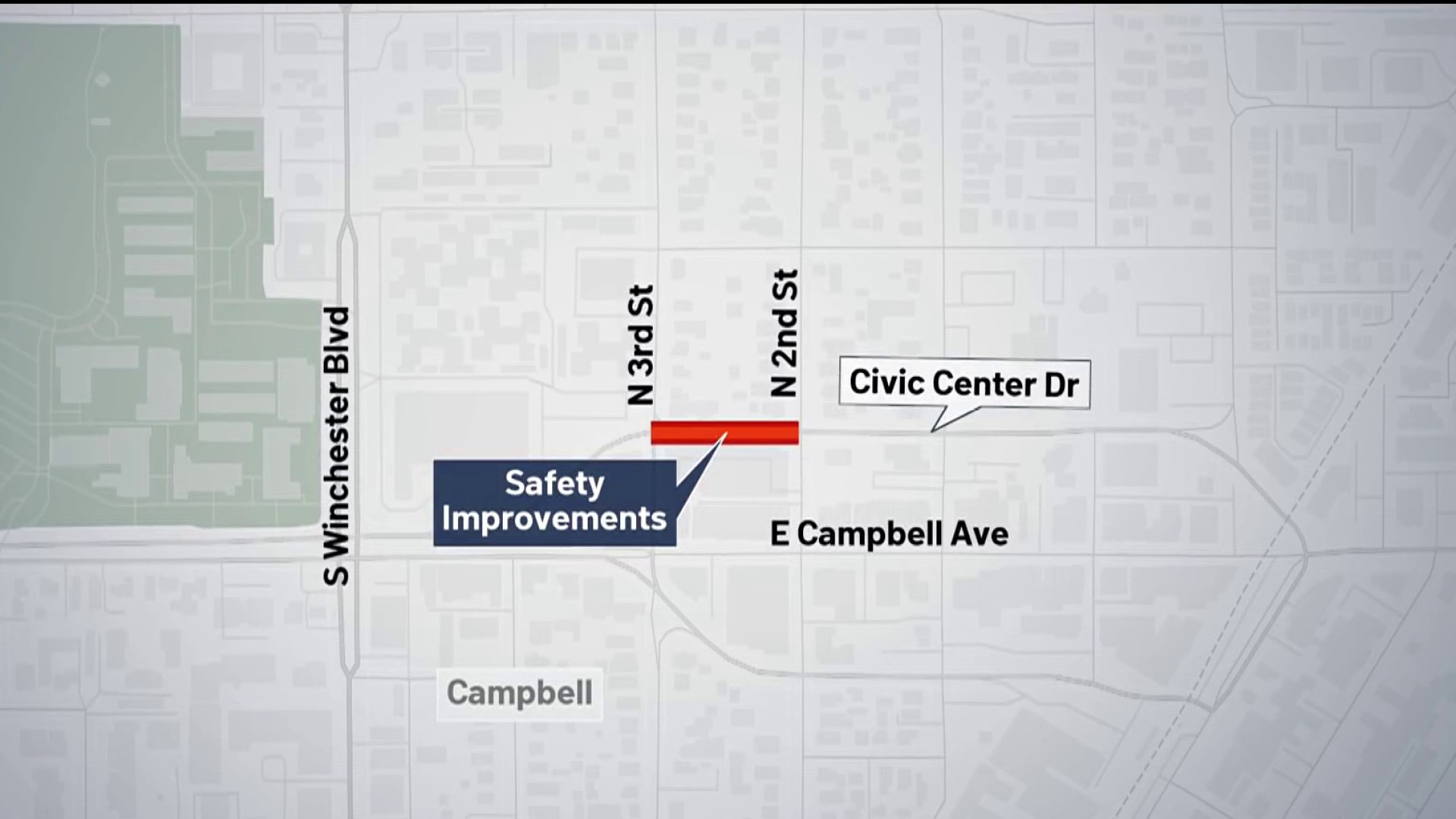UC Berkeley wants to be carbon-free by 2035 and to do that, it's digging deep -- 400 feet deep to be exact.
Crews are not trying to find oil; instead they’re looking for renewable energy with geothermal capabilities.
“This is a key aspect in our project. We are looking at alternative technologies in our goal of bringing the campus into the future in terms of energy use,” said Sally McGarrahan, associate vice chancellor for facility services at UC Berkeley.
The university uses the same amount of energy as 50,000 homes and for more than 40 years now, it has relied on a fossil fuel-burning power plant to heat and cool buildings.
Now it wants to rely on the rocks underneath the campus.
“So first we need to characterize the ground very carefully to make sure it's good rock to do the storage,” said Kenichi Soga, professor of civil engineering.
To do that, crews are digging a 400-foot hole, where scientists will drop a tube with heated fluid and sensors to measure water pressure, seismic activity and temperature.
Local
“You shoot a light, and then you can measure temperature or strain and vibration at many locations along the fiber. So, we're going to embed the fiber into the borehole so when we heat it up, we can measure that it’s the temperature variation inside the borehole,” said Soga.
If it turns out the rocks are good reservoirs, they’ll build a system that absorbs the buildings’ excess heat and stores it into the ground through fluids and then pumps it back into the building when it gets cold.
Get a weekly recap of the latest San Francisco Bay Area housing news. Sign up for NBC Bay Area’s Housing Deconstructed newsletter.
Eventually, they’ll create a geothermal energy network that will allow buildings to share recycled heat.
“So it becomes as a micro grid in terms of heating and cooling rather than using microgrid for the electricity,” said Soga.
Decarbonizing the campus energy system could be a possible model for the future.



